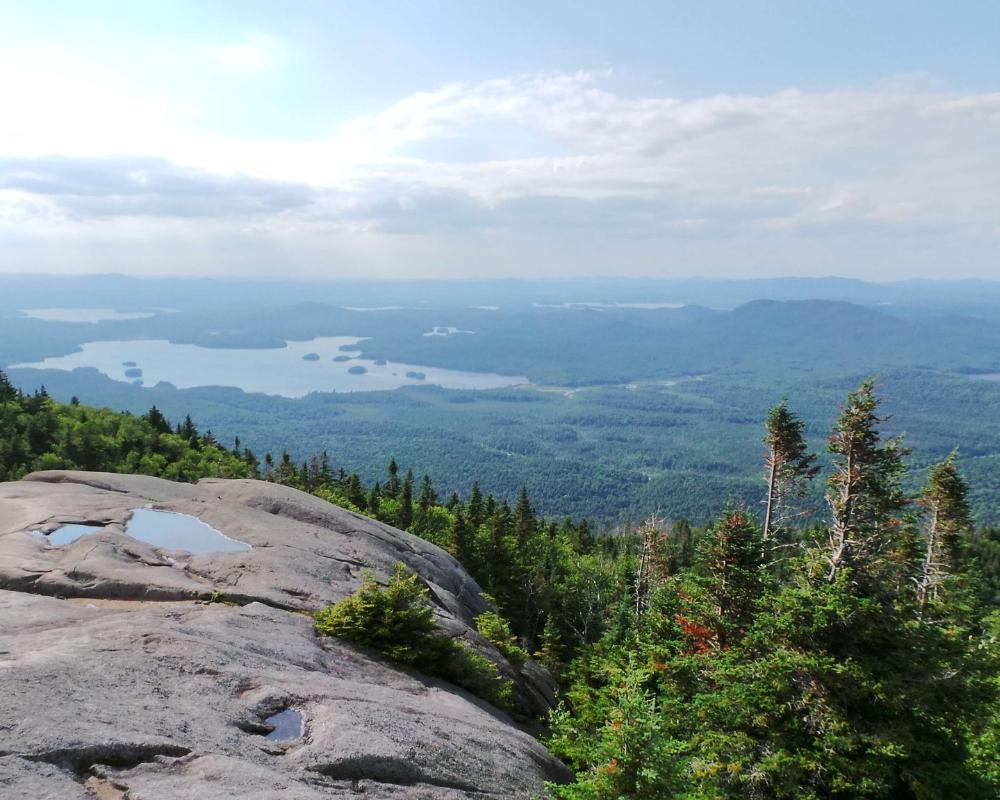
Why Trees
Trees help clean the air we breathe, filter the water we drink, and provide habitat to over 80% of the world’s terrestrial biodiversity.
Forests provide jobs to over 1.6 billion people, absorb harmful carbon from the atmosphere, and are key ingredients in 25% of all medicines. Have you ever taken an Aspirin? It comes from the bark of a tree!
Here are the six pillars that explain why trees are vital:
AIR
Trees help to clean the air we breathe we breathe. Through their leaves and bark, they absorb harmful pollutants and release clean oxygen for us to breathe. In urban environments, trees absorb pollutant gases like nitrogen oxides, ozone, and carbon monoxide, and sweep up particles like dust and smoke. Increasing levels of carbon dioxide caused by deforestation and fossil fuel combustion trap heat in the atmosphere. Healthy, strong trees act as carbon sinks, offset carbon and reducing the effects of climate change.

WATER
Trees play a key role in capturing rainwater and reducing the risk of natural disasters like floods and landslides. Their intricate root systems act like filters, removing pollutants and slowing down the water’s absorption into the soil. This process prevents harmful waterslide erosion and reduces the risk of over-saturation and flooding. They also play a role in watershed health and can even provide structure and natural habitat to fish! According to the UN Food and Agriculture Association, a mature evergreen tree can intercept more than 15,000 litres of water every year.
BIODIVERSITY
A single tree can be home to hundreds of species of insect, fungi, moss, mammals, and plants. Depending on the kind of food and shelter they need, different forest animals require different types of habitat. Without trees, forest creatures would have nowhere to call home.
– Young, Open Forests: These forests occur as a result of fires or logging. Shrubs, grasses, and young trees attract animals like black bears, the American goldfinch, and bluebirds in North America.
– Middle-Aged Forests: In middle-aged forests, taller trees begin to outgrow weaker trees and vegetation. An open canopy allows for the growth of ground vegetation prefered by animals like salamanders, elk, and tree frogs.
– Older Forests: With large trees, a complex canopy, and a highly developed understory of vegetation, old forests provide habitat for an array of animals, including bats, squirrels, and many birds.






